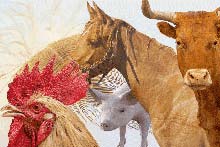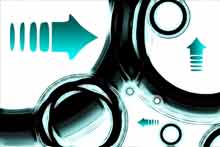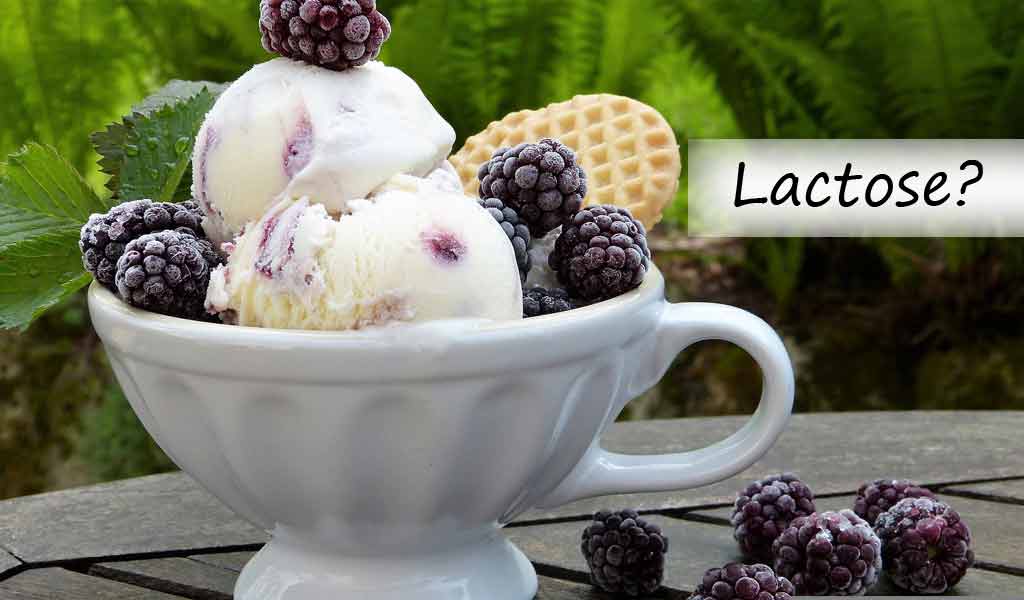What is lactose intolerance and what are the symptoms
lactase, also called lactase-phlorizin hydrolase, found in the small intestine of mammals that catalyzes the breakdown of lactose (also called milk sugar) into the simple sugars glucose and galactose.
In humans, lactase is particularly abundant during infancy. It is a so-called brush border enzyme, produced by cells known as enterocytes that line the intestinal walls and form the brush border (a chemical barrier through which food must pass to be absorbed). Mutations in the gene that encodes lactase may result in inherited lactase deficiency, which manifests as lactose intolerance, or the inability to digest lactose.
when a person eats or drinks more lactose than their body can digest. It is not caused by an allergy to milk, The symptoms of lactose intolerance most commonly include stomach pain and diarrhoea.
Lactose that is not absorbed in the gastrointestinal tract undergoes fermentation by bacteria, resulting in the production of gas and intestinal distress.
Population relevance
Lactose intolerance develops when the small intestine does not make enough of this enzyme.
Babies’ bodies make the lactase enzyme so they can digest milk, including breast milk. Babies born too early (premature) sometimes have lactose intolerance.Children who were born at full term often do not show signs of the problem before they are 3 years old.
Lactose intolerance is very common in adults. It is rarely dangerous. About 30 million American adults have some degree of lactose intolerance by age 20.
In white people, lactose intolerance often develops in children older than age 5. This is the age when our bodies may stop making lactase.
In African Americans, the problem can occur as early as age 2.
The condition is very common among adults with Asian, African, or Native American heritage.
It is less common in people of northern or western European background, but still may occur.
An illness that involves or injures your small intestine may cause less of the lactase enzyme to be made. Treatment of these illnesses may improve the symptoms of lactose intolerance. These may include:
➤ Surgery of the small intestine
➤ Infections in the small intestine (this is most often seen in children)
➤ Diseases that damage the small intestines, such as celiac sprue or Crohn disease
➤ Any illness that causes diarrhea
Lactose-Controlled Diet
there’s no cure for lactose intolerance, but cutting down on food and drink containing usually helps to control the symptoms.
➤ Lactose-free milk or soy milk.
➤ Fruits and vegetables provide rich amounts of vitamins, minerals, antioxidants and fiber. Since fruits and vegetables are naturally free of lactose, enjoy them!
➤ In addition to some kinds of cheeses, some people with lactose intolerance may be able to eat yogurt in moderation, as the lactose has been partly broken down.
➤ While milk chocolate contains less lactose than milk or cream, it still contains dairy in high amounts. Always check the label and eat in moderation.








